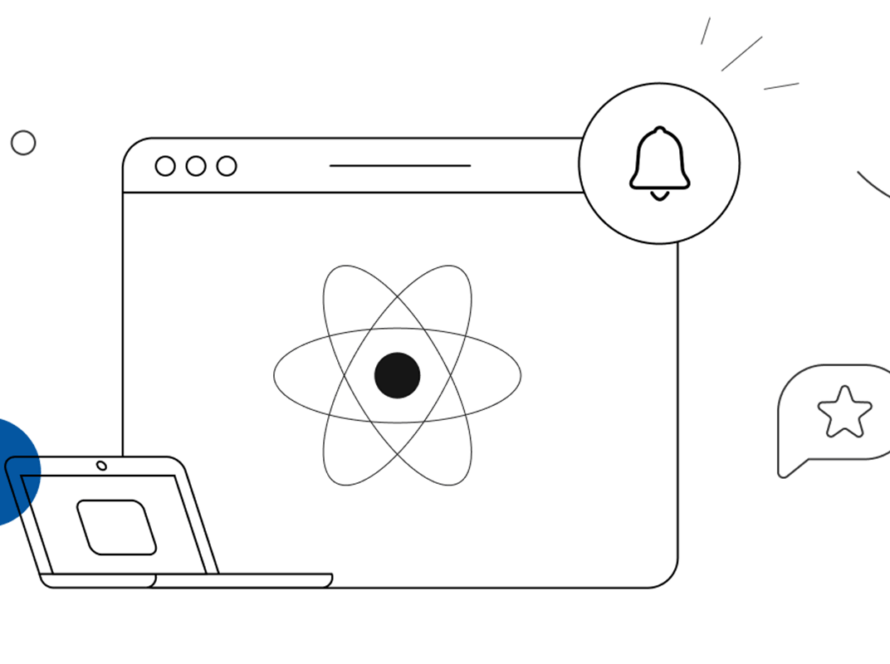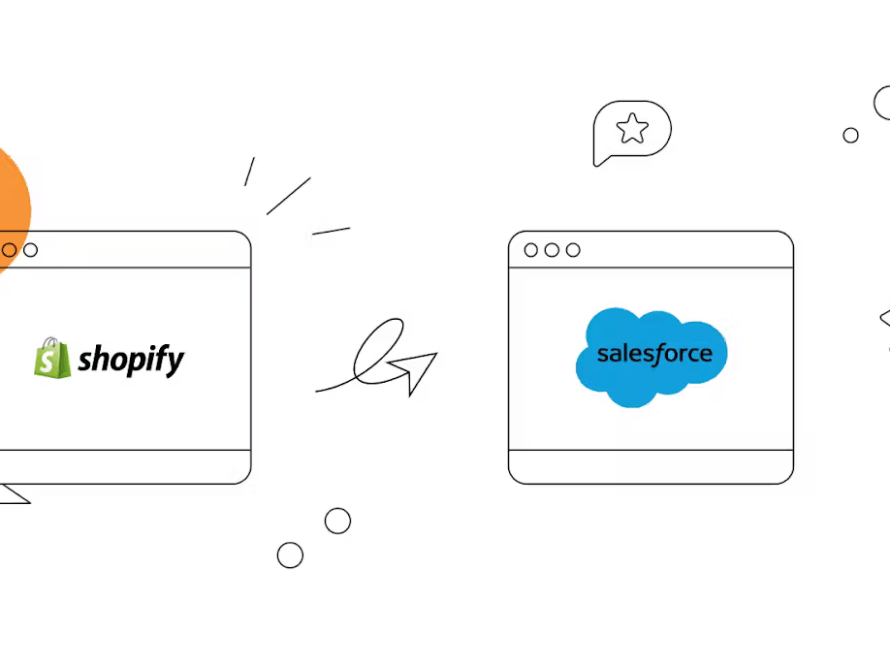In the ever-evolving realm of software development, the adoption of containerization technologies has become not just a trend but a necessity. Among the myriad tools available, Docker and Kubernetes stand out as the dynamic duo reshaping how applications are developed, deployed, and managed.
For beginners entering the development landscape, understanding the significance of these tools is not just beneficial but crucial for staying ahead in the competitive tech industry.
“As of 2023, Docker adoption has risen to over 30% among developers globally, showcasing its prevalence in modern software development.”
Understanding Docker
At its core, Docker serves as a platform designed to simplify the intricate process of creating, deploying, and running applications in containers. These containers encapsulate an application and its dependencies, ensuring consistency across various environments. As of 2023, Docker adoption has risen to over 30% among developers globally, showcasing its prevalence in modern custom software development.
Docker operates with a set of key components, including the Docker Engine, images, containers, and registries. The Docker Engine forms the heart of the platform, enabling the creation and management of containers. Docker images serve as the blueprint for containers, capturing the application and its dependencies. Containers, in turn, are the executable packages where applications run, ensuring a consistent environment.
Deep Dive into Kubernetes
While Docker takes care of the creation and management of containers, Kubernetes steps in for orchestration, automating the deployment, scaling, and management of containerized applications. Kubernetes abstracts the underlying infrastructure, providing a unified API to manage multiple containers. With a robust architecture comprising pods, nodes, and the control plane, Kubernetes has become the go-to solution for managing containerized applications at scale.
As of now, Kubernetes is used by 91% of Fortune 100 companies, showcasing its dominance in large-scale enterprise environments. Its wide adoption is a testament to the efficiency gains it brings to the orchestration of containerized applications.
Key Differences Between Docker and Kubernetes
Distinguishing between Docker and Kubernetes is pivotal. Docker primarily focuses on containerization, allowing developers to build, package, and distribute applications. On the other hand, Kubernetes takes care of the orchestration, automating the deployment and scaling of these containerized applications.
Imagine Docker as the architect and builder, constructing the individual units with precision, while Kubernetes serves as the city planner, organizing and managing these units on a larger scale. While Docker is the go-to for packaging applications, Kubernetes excels in managing their lifecycle at scale.
“As of now, Kubernetes is used by 91% of Fortune 100 companies, showcasing its dominance in large-scale enterprise environments.”
Setting Up and Running Docker Containers
For beginners, practical experience is essential. Start by installing Docker and immersing yourself in the basics. The process of installing Docker is straightforward, and once completed, you can create and manage containers with ease. Basic Docker commands, like docker run and docker ps, become fundamental for navigating this containerization tool.
“Dockerized applications have witnessed an average reduction of deployment time by 75%, emphasizing the efficiency gains that come with adopting Docker in the development workflow.”
Getting Started with Kubernetes
Once Docker is in your toolkit, it’s time to venture into the world of Kubernetes. Installing Kubernetes involves dealing with more components, but the benefits of managing containerized applications at scale are substantial. Deploying and managing applications with Kubernetes, along with using basic Kubernetes commands, become pivotal skills for developers aiming to scale their applications seamlessly.
“At the forefront of technological excellence, Exper Labs stands as a guiding force, delivering tailored solutions and expertise in cutting-edge technologies.”
Best Practices for Containerization and Orchestration
Security considerations are paramount when dealing with containers. Docker and Kubernetes offer built-in features for monitoring and scaling containerized applications, ensuring both efficiency and security. Leveraging best practices for both tools, such as image scanning for vulnerabilities and implementing role-based access control (RBAC) in Kubernetes, becomes essential for maintaining a secure environment.
As of 2023, absolute investments in technology trends, including containerization and orchestration, remain strong, surpassing $1 trillion combined. This indicates the industry’s great faith in the value potential of these trends.
In Summary
In conclusion, Docker and Kubernetes have become indispensable tools in the toolkit of modern developers. This comprehensive guide has aimed to empower beginners with the knowledge and skills needed to navigate the evolving landscape of containerization and orchestration.
At the forefront of technological excellence, Exper Labs stands as a guiding force, delivering tailored solutions and expertise in cutting-edge technologies. Embracing Docker, Kubernetes, and the innovative solutions offered by Exper Labs opens doors to a future of efficient, scalable, and resilient software development.


